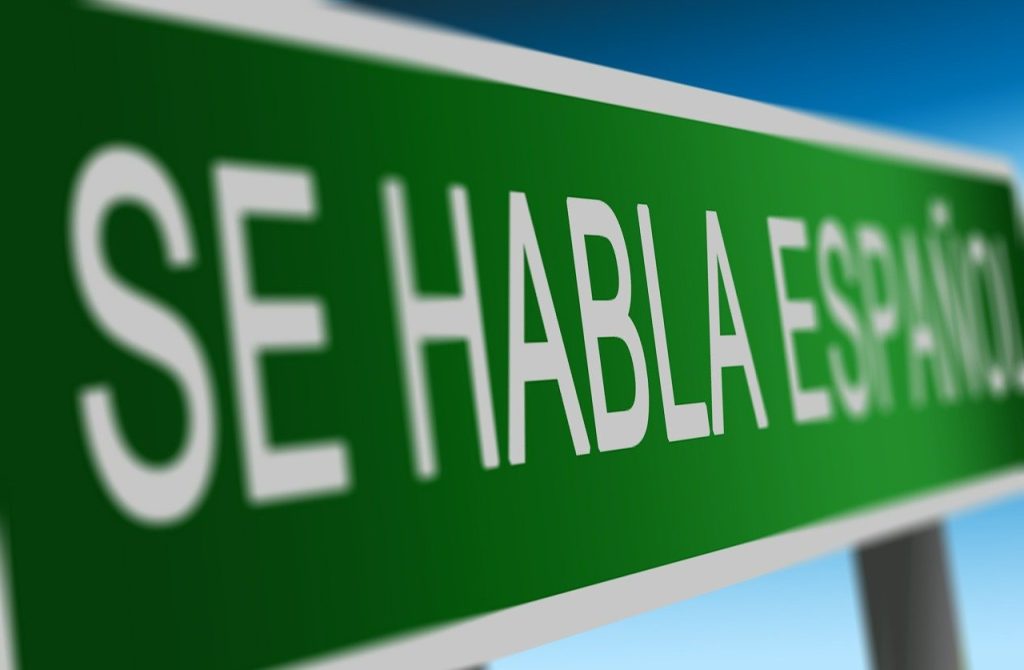While people with learning disabilities may suffer from learning a language, we should not anticipate falling behind their classmates.
Students with special needs or learning disabilities (LDs) may struggle at a language based learning disability school, but they will eventually profit the same way everyone else does. Explore our article on the concept of a learning disability as well as the best language learning methods to support a student with learning disabilities
Considerations
Due to cultural guilt, a person aware of a learning problem may choose not to discuss it. Students may exhibit LD symptoms or struggle in class, but they may not provide the requisite paperwork for assistance services.
Students may be unaware that a disability is blocking their achievement in your class. They might not have had access to diagnostic testing or been aware of learning problems. Further, students with learning challenges may be hesitant to discuss their difficulties. They may be unaware of the processes for seeking accommodations. Moreover, students’ learning styles may not always match well with an instructor’s language learning method or the material.
Higher education standards or learning a second or foreign language may expose people to obstacles they have never encountered before. Still, students or people with learning difficulties often devise compensatory measures, although those solutions may be depending on the student’s first language.
Solutions
Think about the steps you are willing to take for each student. Include them in your curriculum (often, this is just a matter of explicit best practices that you use regularly).
Untimed tests, flexibility in attendance, use of a recorder in class, maintaining a shared collection of lecture notes that can be accessed online, extended learning time, and opportunities for additional credit are some of the examples.
Give all your students different alternatives for learning, taking tests, and learning. You, as a result, will be able to integrate all learning methods for students learning a new language.
- Design regular lessons, such as warm-up, review, vocabulary, new grammar, and synthesis.
- Use a variety of learning styles, such as visual, auditory, and physical.
- Use familiar settings to introduce new content.
- Simplify teachings and motivate language learners to make complicated tasks in small steps.
- Make instructional materials available to people outside of class.
- Use various colors or fonts to show morphological and syntactic differences.
- Bridge skills: urge pupils to connect a strong ability with a weaker one.
- Think about if your tests need to be ‘timed.’ Can you reduce them shorter if you feel they must lessen stress for everyone?
- Please encourage learners to participate in in-country activities to learn in a natural, holistic context.
Specific techniques for a language based learning disability school that may assist a disabled individual
- Allow more time for examinations and assignments.
- Enable the learner to dictate writing tasks to a tape recorder or scribe.
- Allow the learner to take tests on a computer, with spellcheck, or with the assistance of a scribe.
- Give people the possibility to specify their in-class engagement or choose to start reading in front of others. Allow them to prep input ahead of time instead.
- Allow alternate tasks that de-emphasize abilities harmed by a person’s disability.
Conclusion
By providing a range of chances for people to study and exhibit what they have learned, you will make your lesson more accessible to all students, including disabled ones. They will form a lifelong bond with a foreign language by conversing with students with LD and giving adaptations.

